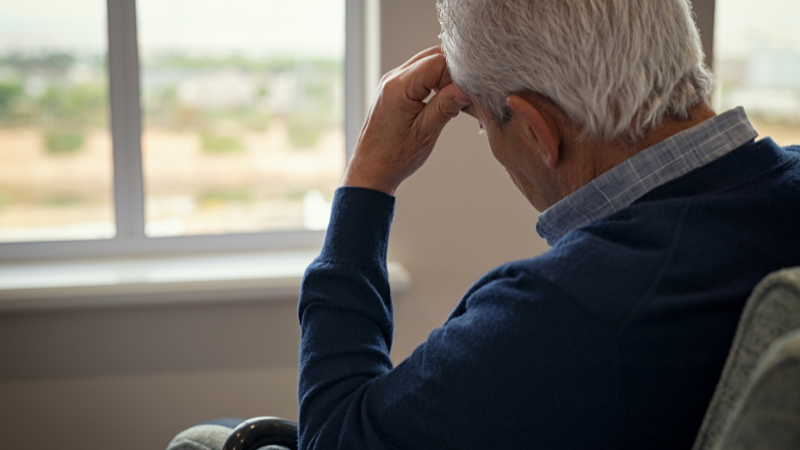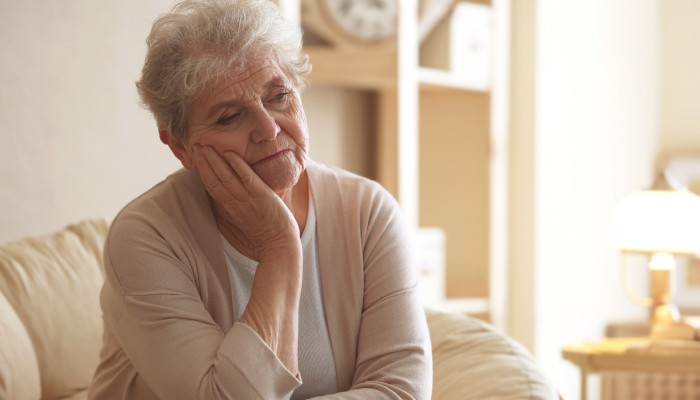In ‘assisted living communities’, ensuring the safety and well-being of residents is a top priority. One of the biggest challenges these communities face is effectively managing and preventing falls. Fall detection in assisted living communities is crucial for maintaining the health and safety of residents, who are often at higher risk for falls due to age-related factors.

The Importance of Fall Detection
Falls are a common and serious health risk for older adults. They can lead to severe injuries, loss of independence, and even death. Therefore, implementing reliable fall detection systems in assisted living communities is vital. These systems help in quickly identifying falls and ensuring that the affected person receives immediate assistance.
How Fall Detection Systems Work
Modern fall detection systems utilize a combination of sensors and algorithms to detect falls. These systems often include wearable devices or strategically placed sensors in living spaces. When a fall is detected, the system sends an alert to caregivers or medical personnel, enabling them to provide swift assistance.
Types of Fall Detection Technologies
There are several types of fall detection technologies used in assisted living communities:
- Wearable Devices: These are worn by residents and can detect falls through motion sensors.
- Floor Sensors: Installed in living areas to detect falls based on impact.
- Camera-Based Systems: Use video analysis to identify falls, though they may raise privacy concerns.
Benefits of Implementing Fall Detection
Implementing fall detection in assisted living communities offers numerous benefits:
- Quick Response: Alerts ensure immediate assistance, reducing the risk of complications from falls.
- Peace of Mind: Families and residents feel more secure knowing that help is readily available.
- Reduced Healthcare Costs: Early intervention can prevent severe injuries, decreasing medical expenses.
Challenges in Fall Detection
While fall detection systems are beneficial, they also present challenges:
- False Alarms: Systems may sometimes trigger false alerts, causing unnecessary anxiety.
- Privacy Concerns: Camera-based systems may infringe on residents’ privacy rights.
- Technical Issues: Malfunctions or connectivity issues can hinder system effectiveness.
Choosing the Right Fall Detection System
When selecting a fall detection system for an assisted living community, consider the following factors:
- Accuracy: The system should accurately detect falls with minimal false alarms.
- Ease of Use: Systems should be user-friendly for both residents and caregivers.
- Cost: Consider the initial investment and ongoing maintenance expenses.
Integrating with Other Technologies
For enhanced effectiveness, integrate fall detection systems with other technologies such as IoT sensors and smart elderly care solutions.
Training and Education
Proper training for caregivers on using fall detection systems is essential. Regular workshops and training sessions can help them respond effectively to fall alerts.
Real-Life Impact of Fall Detection
Numerous assisted living communities have reported significant improvements in resident safety and satisfaction after implementing fall detection systems. These systems have helped save lives and prevent serious injuries.
Future of Fall Detection Technology
The future of fall detection in assisted living communities looks promising with advancements in technology. Continued research and innovation will likely lead to more efficient and accurate systems.
Conclusion
Fall detection in assisted living communities is a critical component of resident safety. By understanding the importance of these systems and choosing the right technology, communities can provide a safer and more secure environment for their residents.

FAQs
1. How does fall detection technology work? Fall detection technology uses sensors and algorithms to identify falls and alert caregivers.
2. Are there privacy concerns with fall detection systems? Yes, especially with camera-based systems, which may infringe on privacy rights.
3. Can fall detection systems prevent injuries? While they can’t prevent falls, they enable quick response, reducing the risk of serious injuries.
For more information on preventing falls among the elderly, visit this Mayo Clinic guide.
This article contains affiliate links. We may earn a commission at no extra cost to you.






